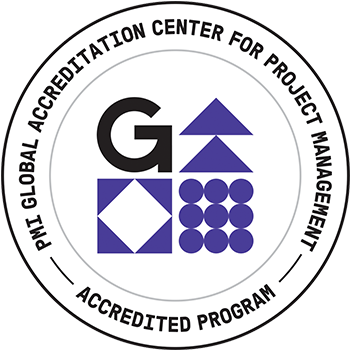
Paper and Presentation: Scaled Agile implementation – Lesson Learned, Path Forward
Abstract: As with many IT organizations in companies started in the last century, Intel IT had a strong legacy of waterfall Program and Project management, small pockets of Agile development teams and emerging DevOps practices with mixed results and limited visibility.
Starting in 2019, Intel IT generally, and the Supply Chain IT organization specifically, started our Scaled Agile Framework (SAFe) journey amidst a broader Digital Transformation initiative.
As we progressed through identifying our Development value streams, launching our 8 Agile Release Trains as part of Essential SAFe and then implementation of Lean Portfolio principles, we have observed and learned many benefits of the Scaled Agile Framework. Some of the primary benefits were:
- Stabilization of our Operational Support and SLA commitments
- More predictable value and project delivery
- Improved our organization’s focus on tech debt elimination and end of life strategies
- Improved our stakeholder alignment, engagement, and transparency
- SAFe became our stabilizing structure amidst multiple organizational changes
In our large, complex enterprise environment, we have also seen its limitations and the need for adaptations or accommodations such as:
- Hybrid lifecycle models for complex initiatives
- Integration of our Scaled Agile Portfolio and Execution model into a broader organization that has mixed methodologies
- Consistent cadence of Stakeholder Prioritization signal at the Portfolio level
- Necessity of Portfolio wide integrated planning alignment on quarterly cadence
Finally, there are certain realities that no methodology will resolve – as in there is always significantly more demand than capacity – but the nature or how that conversation in a Scaled Agile implementations changes.
Attendees should come away with:
- Successful approaches to establishing and reviewing SAFe Development Value Streams
- Key success factors for Agile Release Train (ART) structure, roles, and processes such as Program Increment Planning, Innovation & Planning and Retrospectives
- Stakeholder Management: How does SAFe change the stakeholder dynamic
- Portfolio management learnings, key principles and metrics: Strategy & Investments, Governance, Operations – and the metrics leveraged to demonstrate Business Value and Operational Excellence
PMI Talent Triangle: Ways of Working
Biography: Michael received his Bachelors of Science in Engr from Cornell University and an MBA in Information Systems Management from the University of Texas at Austin. Michael started his career in healthcare but has spent the last nearly 30 years in the high tech Industry at Intel Corporation. He has 30 years of IT-related experience as a Program Director in a variety of business domains: Supply Chain, Finance, Human Resources, Cybersecurity and Intel’s Corporate Data Office.

